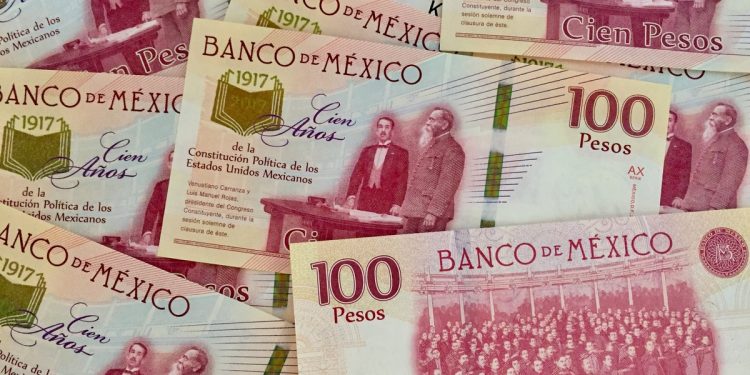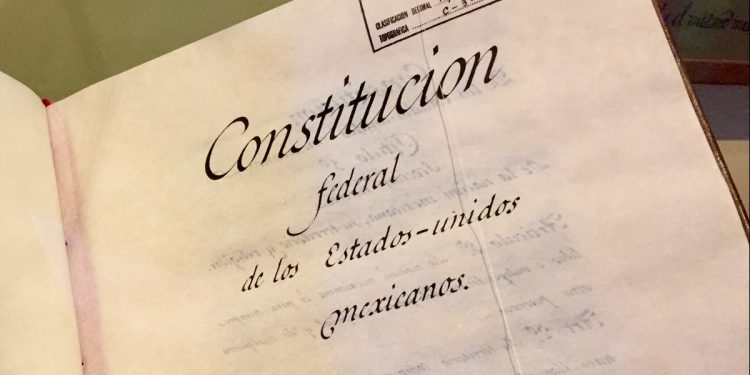2017 is the 100th anniversary of Mexico’s 1917 Constitution, drawn up in the colonial city of Querétaro toward the end of the 1910-1917 revolution. While the basic citizens’ rights and obligations set out in the document have been largely maintained intact, many of the articles have undergone changes over the years.
The 1917 Constitution was drafted quickly by a constituent assembly called by Venustiano Carranza, the head of the Constitutionalist faction during the revolution. It was promulgated on Feb. 5 of that year. Constitution Day is a national holiday, observed on the first Monday in February each year, although civic ceremonies marking the promulgation are still held on the 5th.
Among its better-known Articles, the Constitution extended restrictions on the Roman Catholic Church, stripping it of legal and property rights and denying ministers their political rights. It required that all schools be secular and banned any religious services outside of churches. Its anticlerical articles were among the most contentious, and later efforts by the government of Plutarco Elías Calles to enforce them led to the Cristero war of 1926-1929.
It provided for a major state role in the economy, including state ownership of oil and other resources, while establishing significant labor rights and land reform. It also included the restriction on foreigners from owning land along the coast or near the country’s land borders. (This followed a U.S. invasion of Veracruz during the period.)
The speed with which the constitution was drawn up and passed had to do partly with the hurry that Carranza faced to set up a legitimate government after years of civil war, and to keep down the factions that followed revolutionaries Francisco Villa and Emiliano Zapata.
The 1917 Constitution was Mexico’s third since the country gained independence from Spain in the early nineteenth century. The Constitution of 1824 declared the United Mexican States as a country free and independent of Spain. The 1857 Constitution implemented many liberal precepts, and contained some of the first restrictions on the church, but also included rights such as freedom of speech.
All three constitutions were written and promulgated during periods of unrest and political upheaval: the war of independence begun in 1810, the Reform War of 1857-1860 between liberals led by Benito Juárez and conservatives, and and the 1910-1817 revolution which followed the ouster of dictator Porfirio Díaz.
Times change, and so has the need to update the constitution.
Many of the restrictions on the church were eased in constitutional amendments made during the 1990s, which notably included amendments to enable foreign nationals to own property near coasts and borders, as well lifting some of the restraints on private investment in energy industries (the oil industry was expropriated in 1938, and electricity was nationalized in 1960). Further constitutional changes to allow foreign oil companies back into the country were made in 2013.
For 2017’s 100th anniversary of the 1917 Constitution, the Bank of Mexico issued new commemorative 100-peso bills and 20-peso coins. The government has published information related to Mexico’s constitutional history on a special section of its website.
Mexico’s National Autonomous University (UNAM) maintains an original and current version of the Constitution and a recent translation into English, as well as updated versions of all other legislation on the legislative section of its website.
Mexico in your inbox
Our free newsletter about Mexico brings you a monthly round-up of recently published stories and opportunities, as well as gems from our archives.



